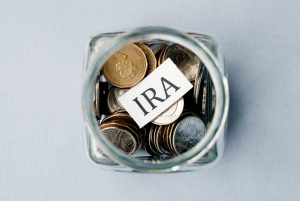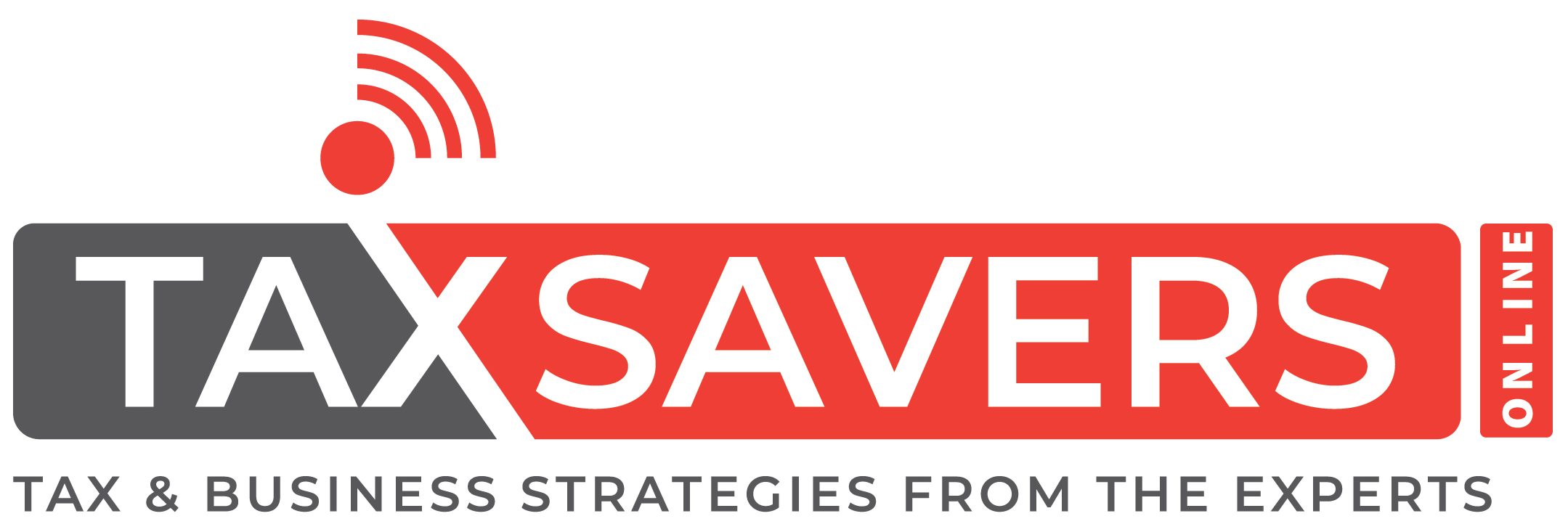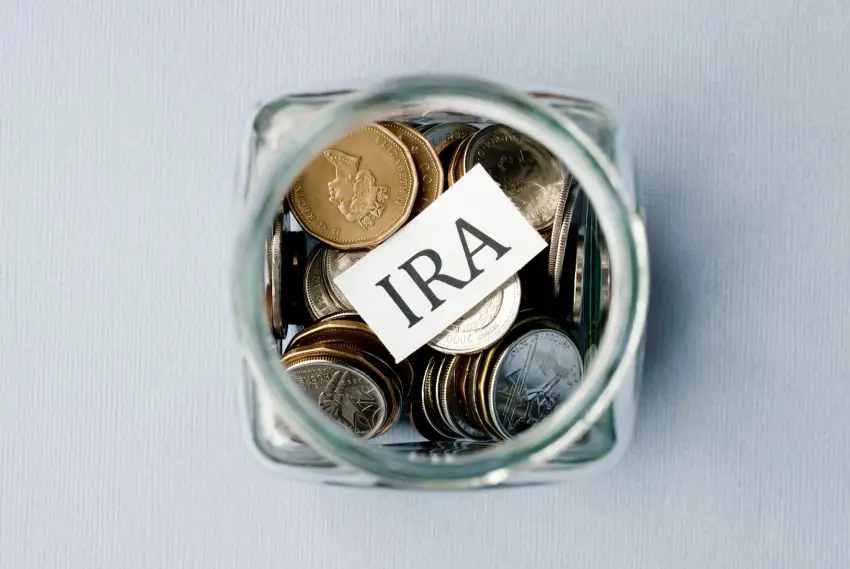More than a third of Americans believe they will never have enough money to retire. Even worse, more than 40% say their ability to be financially secure in retirement will “take a miracle.”
These staggering and frightening numbers show how important it is to use the financial tools available to save for retirement, starting at an early age.
A common retirement tool Americans should use is the IRA. But today, you’ll specifically learn about Tax Implications of a backdoor Roth IRA account.
Keep reading as we dive into all things IRA and more.

Contents
Understanding IRA Accounts
An individual retirement account (IRA) is a savings account individuals can use to invest and save long term. It comes with tax benefits that make it an appealing option to choose.
An IRA is similar to a 401(k) account. However, employees obtain a 401(k) account as a benefit from their employer, while an IRA is for individuals to save on their own.
There are several types of IRA accounts. The two most popular are the traditional IRA and the Roth IRA.
Traditional vs. Roth IRA
The main difference between a traditional and Roth IRA is when you pay taxes on the money in the account.
A traditional IRA is a tax-deferred account. This means you don’t pay taxes upfront on the contributions you make. Instead, the money you contribute is a nondeductible contribution.
But, you must report the contributions on your tax return using Form 8606 each year.
Eventually, you will have a tax liability for the contributions. The tax obligation comes when you start withdrawing the money in retirement.
The IRS taxes the withdrawals at your ordinary income tax bracket rate.
Your income level is usually lower in retirement because you’re making less money. Thus, the IRS will tax the funds at a lower rate than when you were working and making contributions.
On the other hand, a Roth IRA uses after-tax dollars. That means you pay taxes upfront on your contributions to a Roth account.
But, the upside is that your qualified distributions (withdrawals) are tax-free. You also don’t have to pay any taxes on investment gains or capital gains tax.
This is excellent for people who think they will continue to have a similar income during retirement or foresee their investments growing significantly over time.
Another defining difference between a traditional and Roth IRA is required minimum distributions (RMDs).
Traditional IRAs have RMDs. This means you must begin withdrawing from the account at age 72. The sum of what you must withdraw is based on the account size and your life expectancy.
Not taking RMDs will result in a steep tax penalty.
However, Roth IRAs don’t have RMDs. You never need to withdraw the money, and you can contribute to the account as long as you have eligible earned income. There is no age limit on when you must stop making contributions.
What About the Backdoor Roth IRA?
Contrary to belief, the backdoor Roth IRA is not an official type of IRA.
Instead, it’s a method high-income taxpayers use to create a permanent non-taxable Roth IRA.
Why is this necessary?
The IRS places strict income caps on contributions to Roth IRA accounts. If your modified adjusted gross income (MAGI) is under the threshold set by the IRS, you can contribute to a Roth IRA.
For 2021, the income cap is $140,000 for single filers. For 2022, it’s $144,000. Single filers who earn more than $144,000 this year cannot contribute to a Roth IRA account.
Thus, the backdoor Roth IRA is a legal way for higher earners to get around the income limits that prevent them from owning Roth IRAs.
With the backdoor route, you open a traditional IRA and make contributions. Traditional IRAs don’t have income limits for participation.
Then, at a later date, you move the funds to a Roth IRA account.
Brokerages and investment firms that offer both types of IRA accounts can assist you with the Roth conversion when it’s time to make a transfer.
Are There Tax Implications for Backdoor Roth IRA?
When you move your money from a traditional IRA to a Roth IRA, the IRS taxes it the same as making a withdrawal.
You will have to pay tax at your ordinary level on the amount you transfer using the pro-rata rule. This includes the contributions you made and the earnings incurred.
But once the money is in the Roth IRA, the earnings compound tax-free.
Your future distributions will be tax-free, too. But this assumes that:
- You are aged 59 1/2 or older
- You’ve held the Roth account for at least five years
It’s important to note that each conversion has its own five-year holding period.
For example, if you transferred $50,000 in 2018 and $25,000 in 2019, you would have to wait until 2023 and 2024, respectively, to withdraw the money tax-free.
You will face hefty tax penalties if you don’t meet this criterion. Penalities are usually 10%, but they can be as high as 50% for breaking specific rules.
The Pro-Rata Rule
The IRS considers all your IRAs as one big account. The pro-rata rule identifies the percentage of your total combined IRA balances that the IRS hasn’t yet taxed.
This determines the percentage of your backdoor Roth IRA conversions that the IRS will tax when you make the transfer.
You may be thinking that you haven’t paid any taxes yet on the money in your traditional IRA accounts. And this is often the case because traditional IRA accounts usually are tax-deferred.
But there are ways to contribute to a traditional IRA with after-tax dollars. Thus, the pro-rata rule will determine how much you owe in taxes when you transfer the funds.
Tax Advantages of a Backdoor Roth IRA
There are several benefits to going the backdoor route of opening a Roth IRA. First, as previously mentioned, Roth IRAs don’t have RMDs.
Why is this good? For one, the account will create tax-deferred growth for as long as you’re alive. But, you can also leave the account to your heirs when you die.
This is a significant benefit of a Roth IRA vs. a traditional IRA.
Another advantage is that backdoor Roth contributions can lower your tax responsibility over time. This is because Roth IRA distributions (withdrawals) are not taxable.
If you work with a tax consultant and are strategic about when you move your money, you can still pay taxes upfront and build investments tax-free as you normally would with a Roth IRA.
This is especially true if you think your taxable income will be higher after establishing your backdoor Roth IRA.
Common Pitfalls to Avoid
You already know that the backdoor Roth IRA comes with tax liabilities, so don’t forget about these when you consider this option.
It’s imperative to remember you cannot withdraw transferred contributions for the first five years they’re in the Roth IRA. Doing so will result in severe penalties and defeat the purpose of using a backdoor Roth IRA.
There are also some unintended costs of the backdoor Roth IRA to be aware of.
Unintended Costs to Know
Those in their 60s and older need to know how a backdoor Roth IRA can affect other financial aspects of their life.
The first is the taxation of Social Security benefits.
If you are receiving Social Security benefits, the IRS may be taxing them based on your income. If a backdoor Roth IRA moves you into a higher income bracket, the IRS can tax your Social Security benefits at a higher rate.
If the IRS wasn’t previously taxing your Social Security benefits, they could start to do so.
The second is higher premiums for Medicare Part B. Almost all Medicare users pay a monthly premium for Part B, which covers:
- Doctors visits
- Tests
- Outpatient treatment
The premium you pay is based on your MAGI listed on your tax return two years prior. Similar to the taxation of Social Security benefits, a backdoor Roth IRA could make you responsible for paying a higher premium.
This could also be true for your Medicare Part D premium if it is income-based. Part D covers prescription medications.

Is the Backdoor Roth IRA Even Really Legal?
It’s also important to remember that while a backdoor Roth IRA is legal for now, it may not always remain this way.
It’s been a viable tax loophole since 2010 because the IRS hasn’t provided guidance on whether it violates the step-transaction rule.
At some point, the IRS could declare the loophole is a violation. If this happens, you will owe a 6% excise tax for overfunding your Roth if this happens.
If you rely only on a backdoor Roth IRA for retirement savings, you will be taking on considerably more risk than diversifying your savings.
Speak to a Tax Professional about IRAs
If you consistently earn more than the IRS threshold for Roth IRA contributions, you may want to consider the backdoor Roth IRA option.
It can be an advantageous way to save for retirement with the guidance of a tax professional.
Now That you have learned about Tax Implications of a Backdoor Roth IRA, for more information about taxes and retirement, check out the Taxes section. You’ll find plenty of valuable information to help you prepare for the future.
Learn More
How To Buy Real Estate With an IRA (Ultimate Guide)
Roth IRA Conversion: Pros and Cons
SEP IRA: A Comprehensive Guide
Tax Deferred Retirement Plans Ultimate Guide
Tax Free Retirement Account (TFRA): What Is It and How Does It Work?






1 thought on “Tax Implications of a Backdoor Roth IRA (Best Guide!!)”